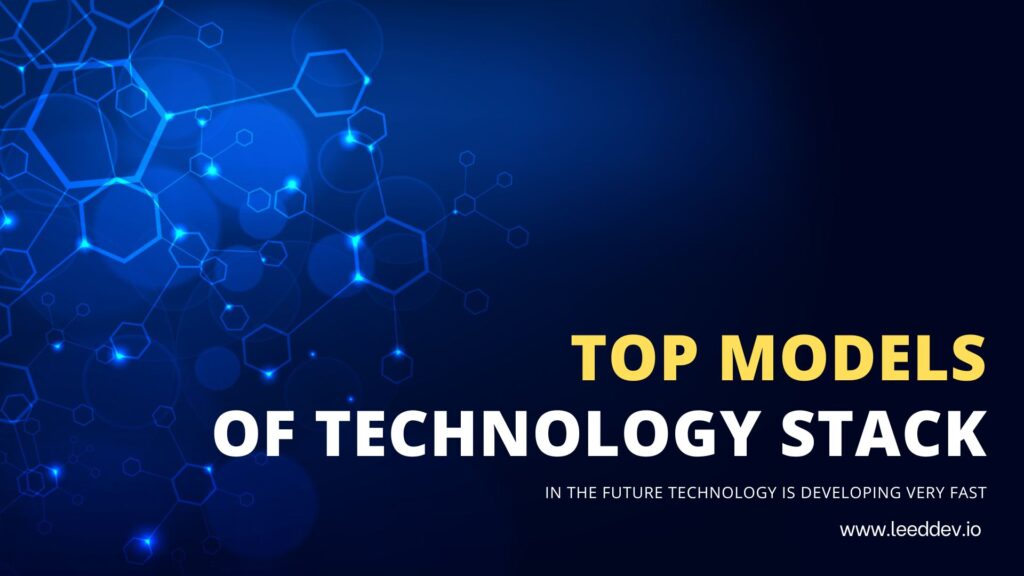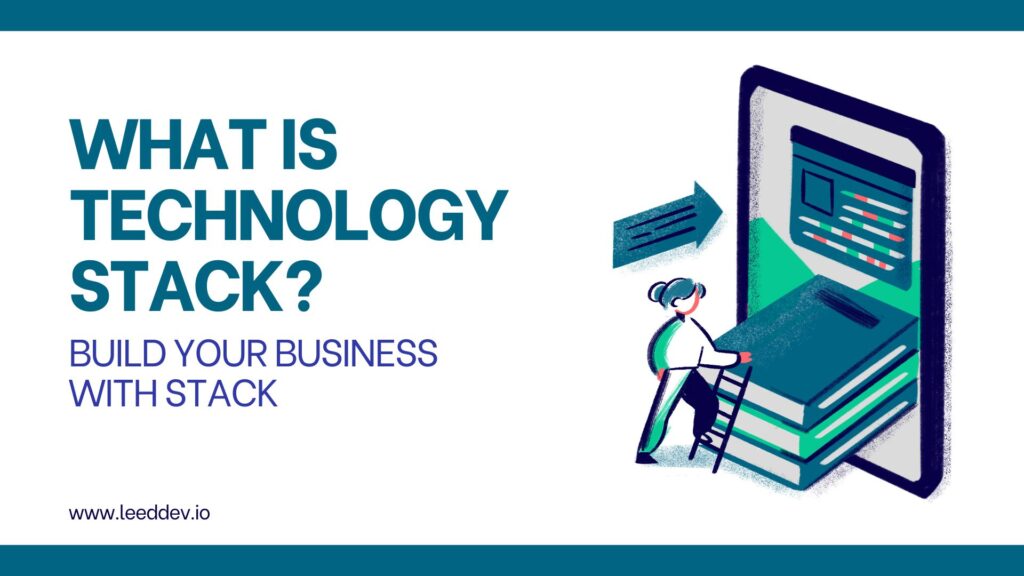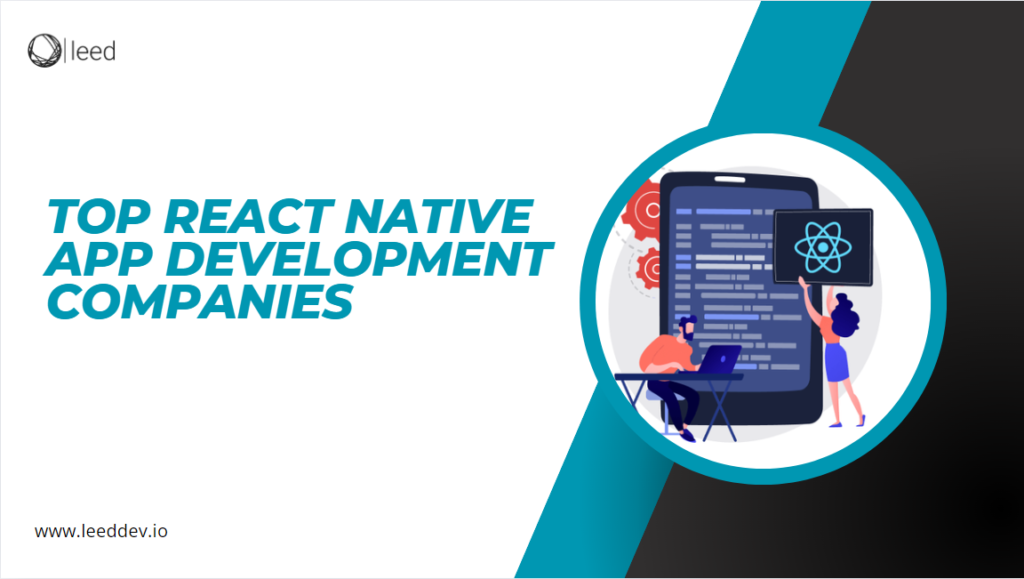Discover the tools that power progress and experience innovation at its finest with an advanced technology stack. To better comprehend it, let’s discuss why web applications exist in order to understand why we create them.
Your app must be designed to be fast and provide smooth user experiences. When users request additional info, your app should quickly gather it and organize it so it is easily visible. Furthermore, as its popularity increases it should continue operating without slowing down or becoming overloaded with requests.
To achieve these results, it requires an array of technologies and infrastructures that don’t cost too much. Create beautiful apps while being functional for users; allow developers to build applications quickly; and are user-friendly. Tech stacks can expand as needed, depending on which technologies are chosen to create web apps, mobile apps, IoT things or similar apps. An example of such a tech stack would be MEAN stack.
Read also: Health care Technologies
What is Technology Stack?
A technology stack is “The set of technologies used to develop an application, including programming languages, frameworks, databases, front-end and back-end tools, and APIs.” It is often known as technology infrastructure or solutions stack.
What Is Modern Tech Stack?
Modern technology stacks are more complex due to the use of multiple devices for accessing applications and an abundance of data to handle. Modern tech stacks contain tools for organizing things, monitoring how well things are working, understanding business information, managing data efficiently, using online services efficiently and breaking things apart more precisely.
For Example
MEAN stands for MongoDB Express Angular Node.js and represents one of the most commonly used tech stacks. LAMP stands for Linux Apache MySQL PHP and represents one example of a technology stack.
Components Of Tech Stack
Technology stacks typically consist of three major components, which include:
Front End (Client Side)
Your website visitors experience your website through its client side; these technologies may include:
HTML
HTML stands for Hypertext Markup Language and describes the layout and structure of web pages while adding extra elements that users interact with on the front end. It is the standard markup language that is used for building web pages.
CSS
Cascading Style Sheets, known as CSS for short, regulate layout, style, size and other aspects of website pages. It saves a lot of work and is a cornerstone technology that is used alongside HTML and JavaScript.
JavaScript
An extremely versatile language designed to build creative and interactive web pages. Utilizing tools like jQuery, React, Angular and Vue, as well as contributing to building your tech stack; nowadays most modern applications use TypeScript instead of regular JavaScript for development purposes. Back End (Server Side)
Back End
A back end refers to all of the components found on a server-side computer system and includes several main elements. Here are some primary components of back end:
Programming Languages
Programming languages form the core component of every application used in building them, such as JavaScript, TypeScript, Python, Scala PHP and C#. These are popular programming languages.
Frameworks
Frameworks provide ready-made templates for apps, offering convenient tools and pre-built components that save developers from having to start from scratch. Popular web frameworks include Express, Spring, Django, Laravel Rails. NET among others.
Runtime Environments
Runtime environments provide cross-platform compatibility so that software can run on various types of computers. Common examples of runtime environments are Java Runtime Environment (JRE), Node.js and Common Language Runtime (CLR).
Web Servers
Web servers are responsible for receiving requests from clients and passing them onto database servers for processing. Afterward, they also fulfill requests by handling them directly – Apache HTTP and Nginx are the two most widely-used servers.
Databases
Databases serve as digital storage spaces in a technology stack. They’re where you keep all the information necessary for developing any app – no matter how basic or complex. Popular examples are MongoDB and MySQL, though modern databases like MongoDB go beyond just storage by helping find, group and change information quickly and easily.
Modern versions such as MongoDB also offer advanced features like finding data faster while simplifying finding, grouping and changing information quickly and easily. With other important components like APIs, analytics tools and cloud services present within an app performance can improve while functions can also be further enhanced.
Factors to Consider before Building An App
While building your technology stack, you should keep several key considerations in mind:
- Establish the purpose for which your application serves before aligning its technology stack with design requirements set by user experience (UE) and user interface (UI) teams.
- Evaluate whether your tech stack is cost-effective and within your budget. Utilize technologies that automatically handle increased demand without slowing down development teams and ensure full functionality is reached swiftly.
- Focus on prioritizing application security and adhering to security guidelines when developing software applications.
Top Models Of Technology Stack

Here are the most popular models of technology stack:
LAMP
LAMP is an industry standard and cost-effective tech stack designed for web development projects. It stands for Linux Apache MySQL PHP. It’s basically an acronym for the Linux operating system.
Microsoft ASP.NET Core
It has quickly become one of the most favored products due to its versatility, running both on Linux and Windows, being lightweight, and employing open-source technologies in its implementation. Many have appreciated how Microsoft is making use of open source technologies in its product.
MEAN
MEAN stands out by using only one language (JavaScript) and providing cost-free open-source tools, giving it an edge over competing solutions. In MEAN object oriented organization is used instead of a relational model
MERN
Similar to MEAN, but using React instead of Angular.js for user interaction. This stack enables developers to share code across servers and browsers while still possessing a powerful library with which they can build full stack apps.
MEVN
Another version of MEAN which utilizes Vue.js instead of Angular.js as its development platform. Vue is becoming more and more popular as it combines elements from both frameworks into one package.
Ruby on Rails
Provides another dynamic programming environment using Ruby language and makes development smoother. It is a full stack framework that is built on the MVC pattern and the programming language used is Ruby.
Java
Although not as widely used anymore, Java remains widely utilized within commercial app development environments. Javascript is used for front end programming however java is used for the back end programming of a website.
Advantages Of Technology Stack
Technology stacks offer various advantages that should not be disregarded:
- By using different stacks for different parts of an app, more flexibility and faster development can be gained.
- Effective tech stacks utilize existing code and tools to complete work quickly, making development quicker while keeping code manageable and extensible.
- Selecting tools with which many other developers have had experience will lessen the chance that your app crashes unexpectedly, increasing its reliability.
- Your tech stack must allow for growth when managing more users, traffic or data as needed.
- Utilizing technology like Ruby on Rails can assist with creating apps with fast response times.
- Finding an active tech stack community means having access to help and resources when necessary.
Importance Of Technology Stack
Selecting the proper tech tools at the outset has several benefits. First, it helps your app function more smoothly for more users; technology stack also speeds up development because experts who specialize in using certain tools are used more easily; communication among developers becomes simpler; planning your tech stack in advance allows you to know which computers and software you need for the project, saving both time and money
Understanding your project needs allows selecting tech tools without making things overly complex or including items you don’t really require; keeping your app from becoming slow or difficult to use
Conclusion
Selecting an optimal technology stack is key to successful app development, providing the foundation upon which digital innovations can flourish. Selecting an effective stack has an immediate impact on performance, scalability, efficiency and cost-effectiveness of apps built from it. Modern technology stacks such as MEAN and MERN provide developers with numerous advantages. Understanding all components of a technology stack – front end, back end, and databases is integral in developing an efficient application.
Technology stack selection should never be taken as an automated decision; rather, it must fit with your project’s purpose, design requirements, budget constraints and scalability needs. An appropriate tech stack should streamline development while increasing team collaboration; furthermore its presence within software development makes it a vital element.




